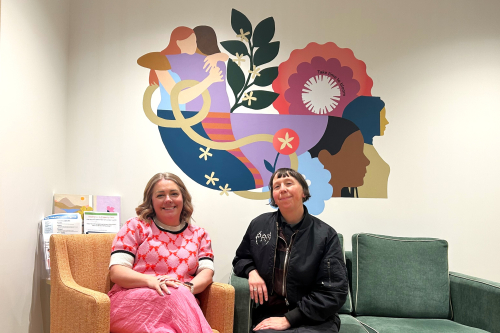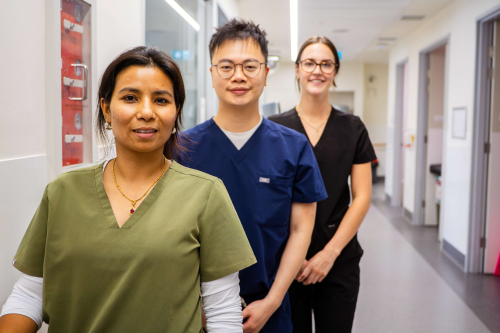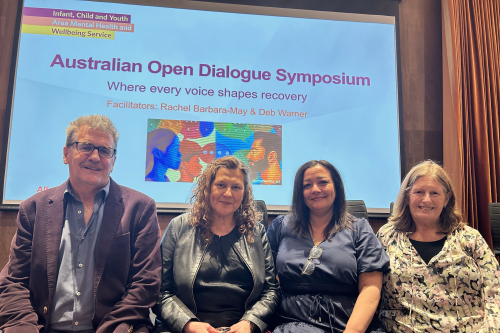Pharmacists on the trauma frontline

An Australian-first program in which specially-trained pharmacists are immediately involved in the care of critically unwell patients is helping to save lives at The Alfred.
Lead Pharmacist in The Alfred Emergency and Trauma Centre, Cristina Roman said involving pharmacists so early in the process is helping doctors and nurses make critical decisions on medication in rapid time.
“When a critically ill patient is brought in, there’s a lot going on at once,” she said.
“They might need to be intubated, or they might be in cardiac arrest… there’s a lot to take in and a lot of decisions that need to be made almost instantly.
“There are also a lot of high-risk medications that need to be administered immediately, so our team is able to support that decision making and save valuable time.”
The Alfred’s team of clinical pharmacists has grown to more than 15 highly trained members since it was established in 2015. Each has expertise in the care of critically unwell trauma patients, septic, and stroke patients.
“In the case of stroke, time is brain,” Cristina said. “Clot busting medication is very high risk and requires selecting the right patient who can safely have it – it’s also very complicated to administer.
“Having emergency clinical pharmacists on hand to assist in this process buys the patient critical time."
Ms Roman said a pharmacist wouldn’t traditionally see a patient until after they’ve been administered medication or admitted to a ward.
“In many hospitals it’ll be 24 hours down the track until we see the patient… for the bigger tertiary hospitals it may be six to 12 hours.
“However, having pharmacists involved from the moment critically ill patients arrive at The Alfred has not only significantly assisted doctors and nurses in decision-making, it is saving lives.”


